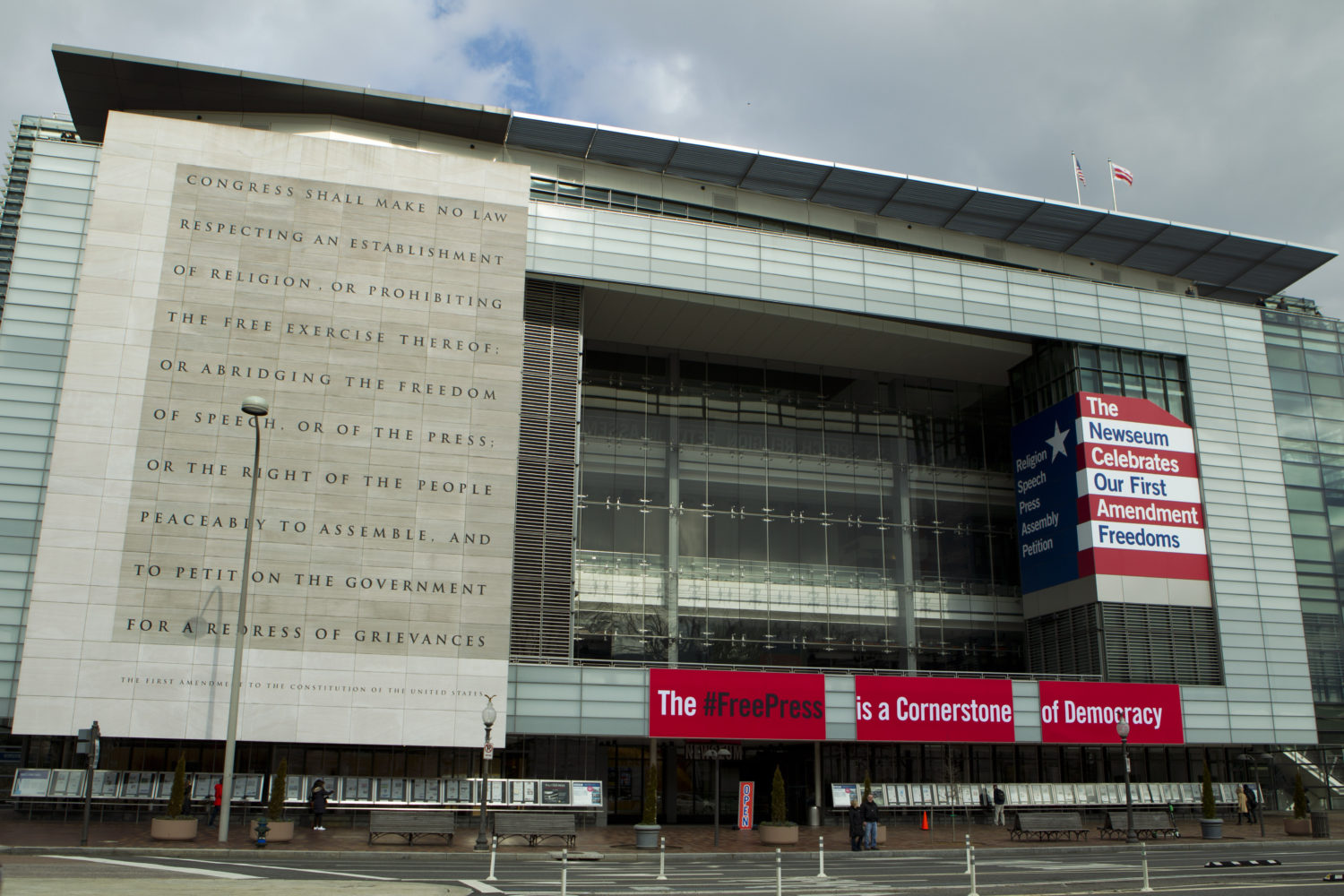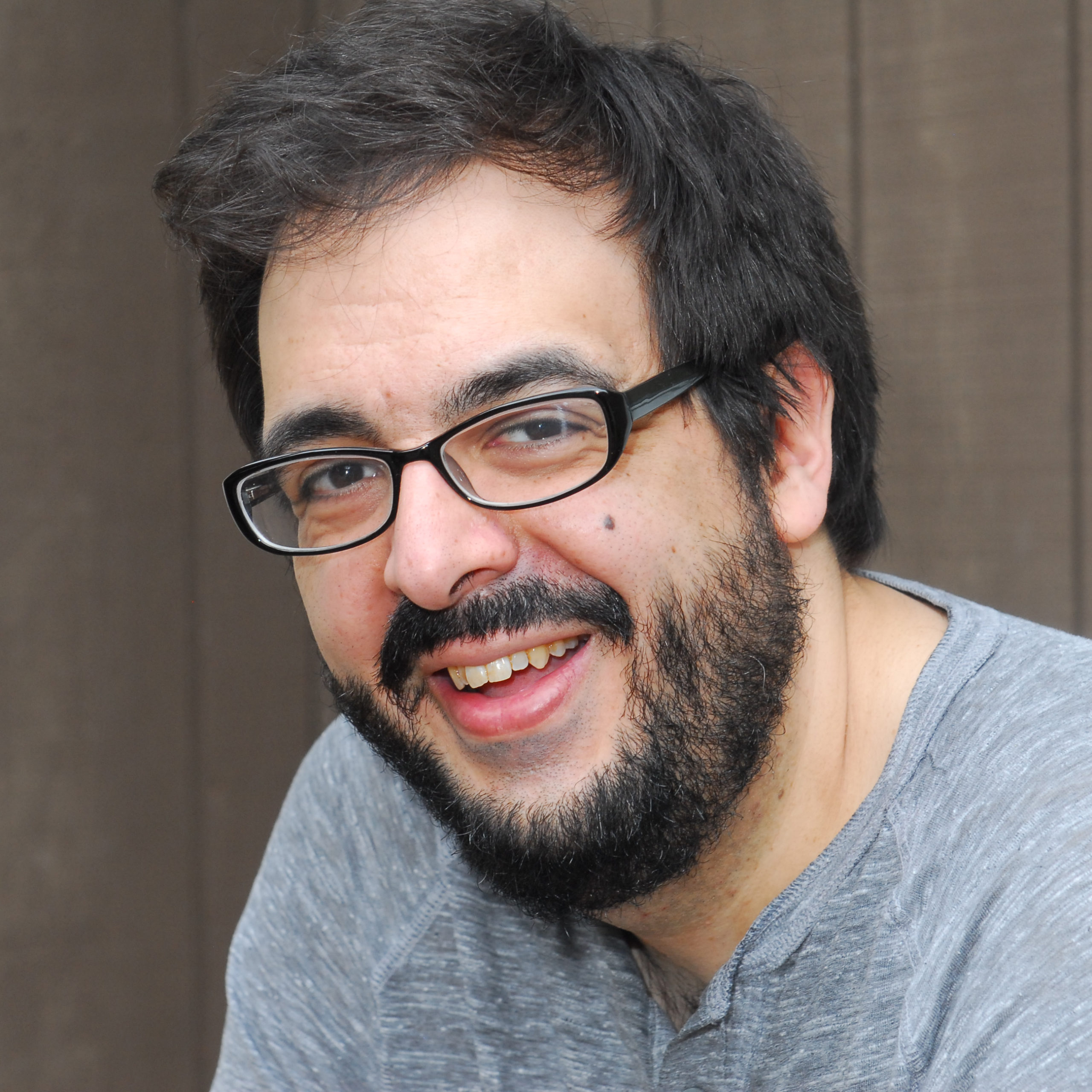The Newseum’s closure is an opportunity, not a death sentence, said its leader.
“I have great optimism that we’ll have an exciting new footprint somewhere, maybe footprints,” executive director Carrie Christoffersen told Poynter in a phone interview Wednesday. “We’ll have to see what the future really brings and what we settle on as our next steps. It really is just wide open.”
The museum will close to the public Dec. 31. The Freedom Forum, the Newseum’s creator and primary funder, sold the Newseum’s Washington, D.C., building in January after years of financial struggle.
It might not have a permanent home in a few weeks, but Christoffersen said the Newseum will continue in its various spin-offs. Five traveling exhibits are in session — with another to come — as well as exhibits in Washington’s two airports. The museum’s loan program remains active.
As for whether a permanent location — or locations — has been considered, Christoffersen demurred.
“We’re definitely going to take our time and figure things out,” she said. “We do not have a hard deadline for this; we have not pushed ourselves. We want to get things just right. We’re going to take all the information in, and, of course, in the immediate moment — come Jan. 2— our focus becomes responsibly, carefully, de-installing the space we’re in.”
The load out, a massive undertaking, looms. Lenders have been contacted, and the bulk of the museum’s permanent collection — some 310,000 items encompassed in a 176-line plan — will mostly be housed at an art storage facility in Maryland. (“Nobody needs to know too many details about where the priceless objects are stored,” Christoffersen said when pressed for details.) Christoffersen said the relocation should be complete by June. Some exhibits, she added, “are so integrated into the physical building of the museum” that they will stay behind.
Among the items transferred will be memorable staples: a piece of the North Tower from the World Trade Center, eight intact sections of the 12-foot-high Berlin Wall, and the Journalists Memorial. Today’s Front Pages will remain active on the Newseum’s website and via its app.
One part of the Newseum’s future that is clear: “Analyzing the museum of the 21st century,” Christoffersen said. “What’s the balance between physical and digital? How do we present ourselves, our content, our objects?”
Christoffersen, also the Newseum’s senior vice president, was part of the original team that opened the Newseum in Arlington, Virginia, back in April 1997. The interactive museum moved to its current location at 555 Pennsylvania Ave. NW in 2008.
“There’s a good bit of complicated work ahead, for sure, to make this happen, but maybe because we’ve done this once before, we’re looking at this as a blank page,” she said. “It’s sort of exciting to see what we might be able to put on that page next. Certainly, it’s complicated and intense work, but who knows what exciting thing might rise out of this next.”
A fresh start could be what the beleaguered Newseum needs.
Johns Hopkins University bought the building for $372.5 million in January. Its construction cost $450 million, twice the original estimate, The Washington Post reported. In an October release, the Newseum cited the institution’s years of financial struggle — and that’s with almost 10 million guests visiting the location in more than 11 years. Maintaining the expansive facility had become “unsustainable,” officials said.
The struggles, financial and otherwise, have been chronicled. Kriston Capps at CityLab pointed out that a museum — regardless of how memorable its exhibits are — charging almost $25 per ticket served as a deterrent for visitors who could head over to the National Gallery of Art, the Smithsonian, or any of D.C.’s fine free museums. The Washington Post reported that the Newseum’s obstacles upon moving into the heart of Washington, D.C., included $300 million in debt to open the building and sky-high salaries for executives and board members at a cultural non-profit. The Newseum had deficits every year, wrote Peggy McGlone and Manuel Roig Franzia, and five rounds of staff cuts in 10 years.
Wherever the Newseum winds up or whatever form it takes in the ongoing Fake News era, its mission will remain intact.
“I think we have always had at our heart, the goal of amplifying the importance of the First Amendment and its significance to a free society,” Christoffersen explained. “That is the core goal, that is the ultimate intent. The more ways that we can do that and the more avenues we can take to make that happen and help people understand that importance — how all five of the freedoms (in the First Amendment) are inextricably connected, they’re all together for a reason. That’s the ultimate goal and purpose. We just want to be able to amplify that for the public.”
Newseum tickets for adults are $24.95 plus tax, but visitors can get 15% off if they buy tickets online.
Reach freelance writer Pete Croatto at news@poynter.org.








Will the online “Today’s Fronts” archive feature continue uninterrupted or at all? If so, at the same url?